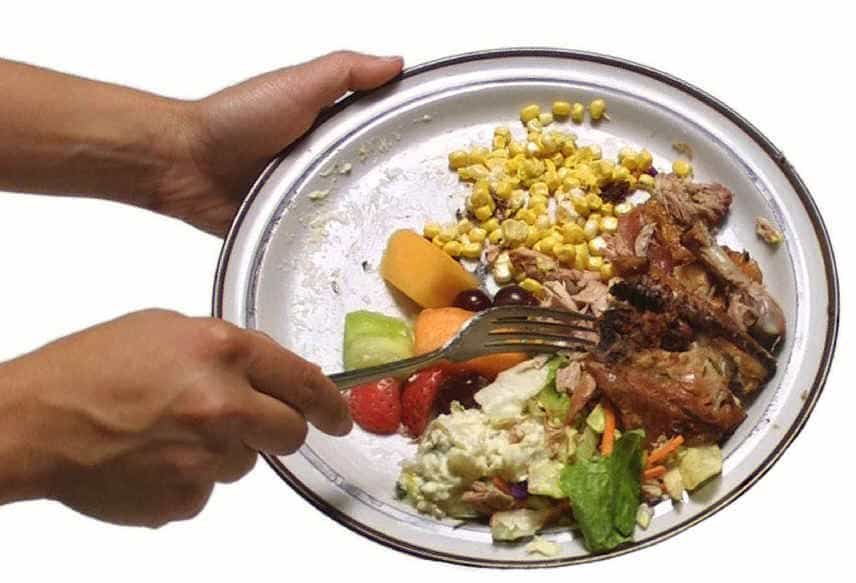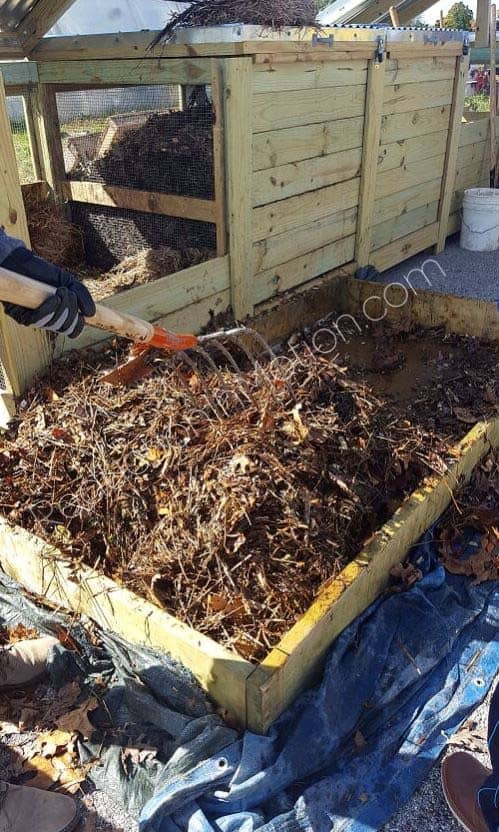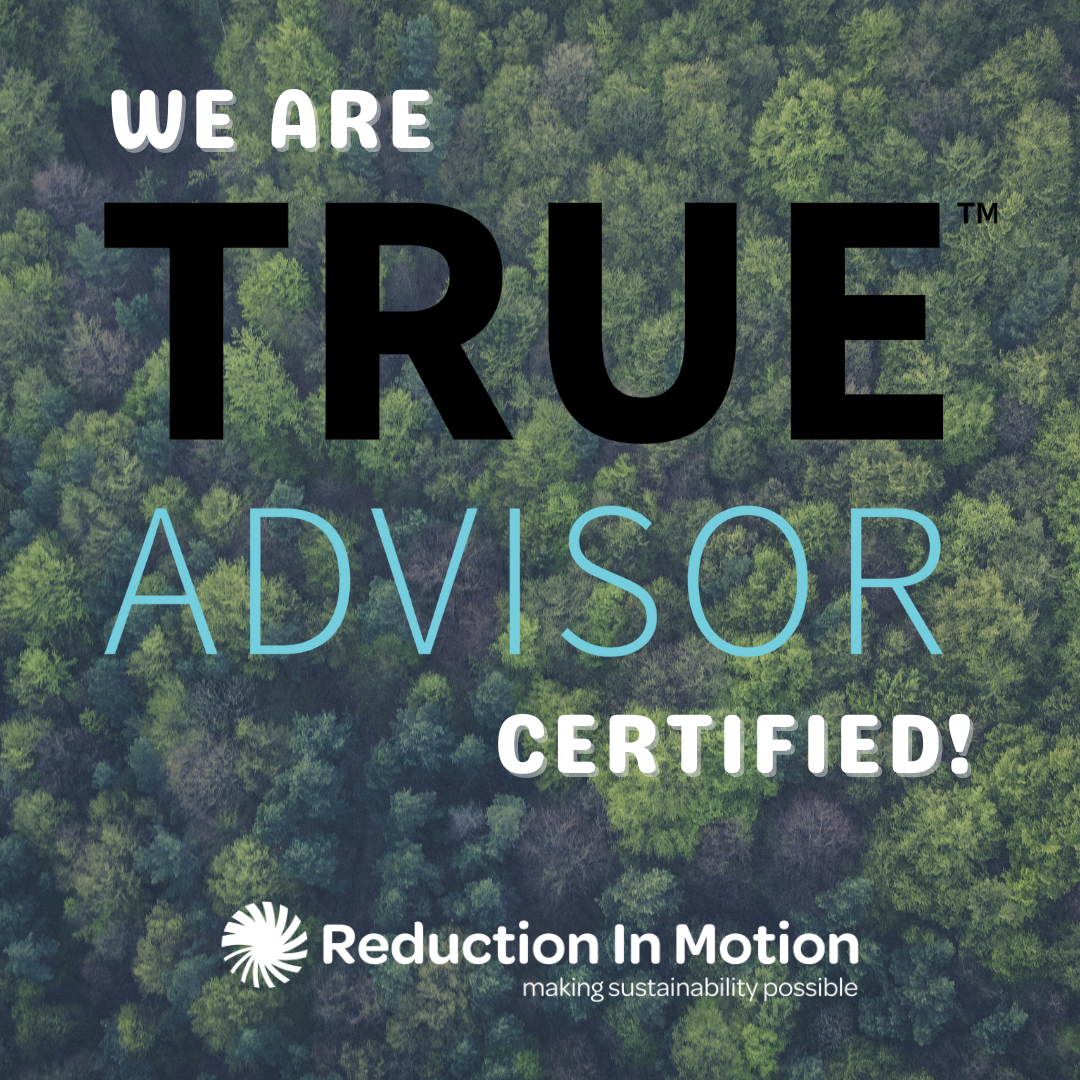Got Food Scraps? (Part I)


Whether we like it or not, we create compostable waste every day. The luckiest among us have established composting infrastructure to divert that waste from landfills and incinerators. The rest of us are left to try and figure out how to best to dispose of our company’s food waste, yard waste, and other organic material on our own. Whether the concept of composting is completely new to you, or you’re looking for tips to increase the success of your current composting program, we’re here to support you during every step of implementing a compost program and creating a waste diversion strategy for your organization.
Over the next several months, we will be publishing a series of helpful blogs on the basics of implementing a successful compost program including the various types of composting, how to set a program up, the basics of single-use compostable food ware, what to do if/when things go wrong, and most importantly, how to make your organization a compost champion!
Compost can be produced in many ways, but generally the finished product is a rich, dark, crumbly substance that is created through the controlled decomposition of organic matter (such as food waste, yard waste, and animal waste). The most basic ingredients for successful composting are browns and greens. Browns are materials rich in carbon (wood chips, straw, dried leaves, bark, etc.). Greens are materials rich in nitrogen (including food waste, manure, coffee grounds, etc.). A good guiding principle for successful composting is two parts brown for one part green. Food waste is great for composting since it’s rich in nitrogen. Diverting organic material as compost is an important component piece of a waste diversion strategy and has heaps of sustainability benefits. According to the Institute for Local Self-Reliance’s 2014 report on the state of composting in the United States, 39% of the total material sent to landfills or waste incinerators was compostable. When compostable material is collected with general trash (municipal solid waste) and disposed of in landfills, the decomposition releases a significant amount of methane, a potent greenhouse gas. So, when food scrap and other organics are successfully composted, it helps reduce greenhouse gases which contributes to climate change while also creating an incredibly valuable for farming and gardening. Now, if this does not put a smile on your face, I’m not sure what will! Once the composting process is complete, the final product aids in soil structure, water retention, supplies much needed nutrients to soil and therefore plants, and can help prevent erosion.
While it’s easy to see the numerous benefits and applications to compost, it can be intimidating to set up a composting program at your organization, which is where we come in. We follow a six-step process with any project or initiative: assess, document and plan, educate, deploy, support and monitor, and reassess. We’ll share a few secrets of our own through each of these steps of project implementation throughout this blog series to help you achieve your composting goals.
We love talking trash, and we’re excited to set up a site assessment at your facility! Interested to learn how we can help you? Call us at (410) 877-1593 or email our team at TrashTalk@ReductionInMotion.com to let us know how we can help you get started with composting or other waste diversion programs today!

Our team of sustainability and waste consultants work together to develop content for our site. Contact us to learn more about something we’ve written about or would like us to focus on in the future.

